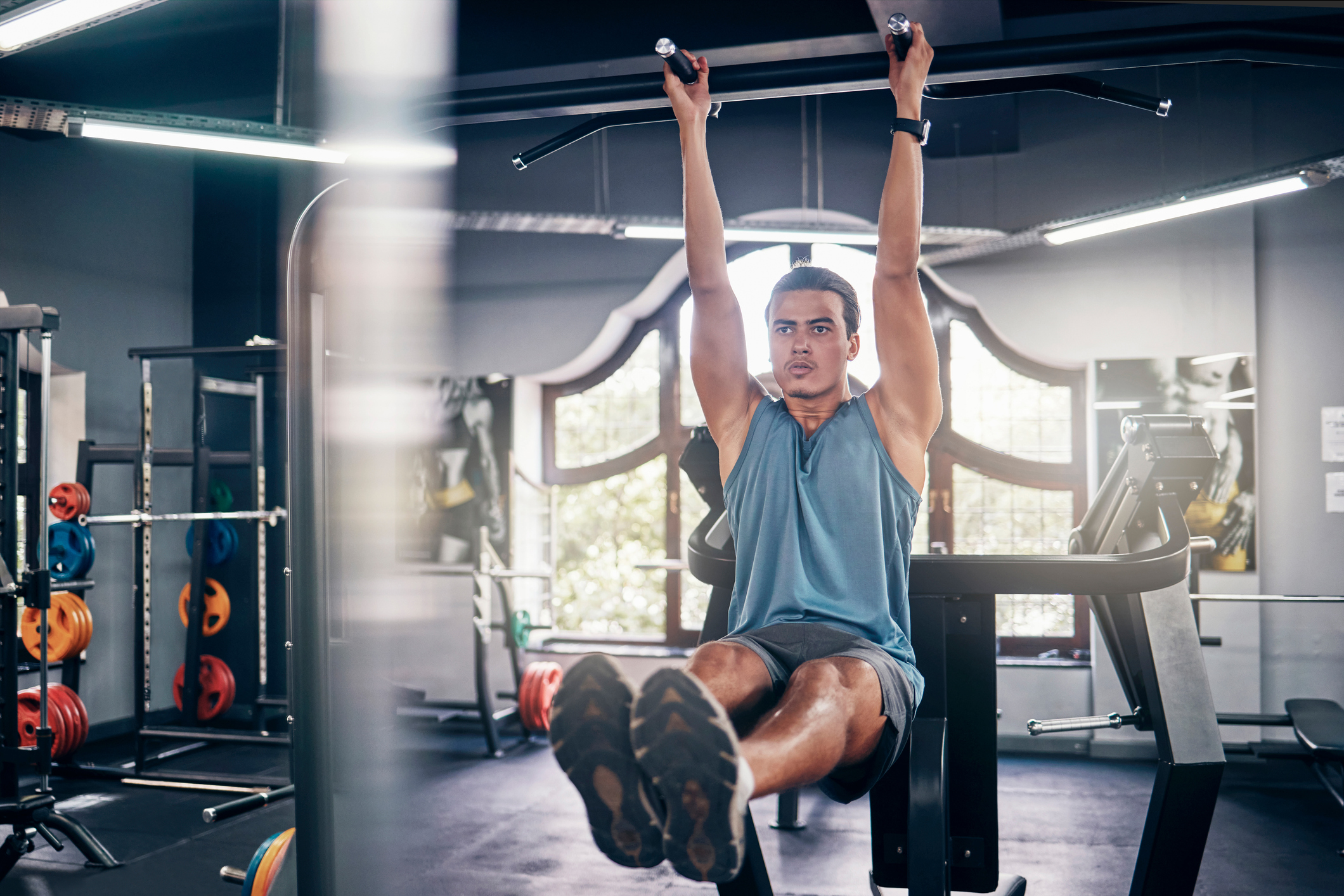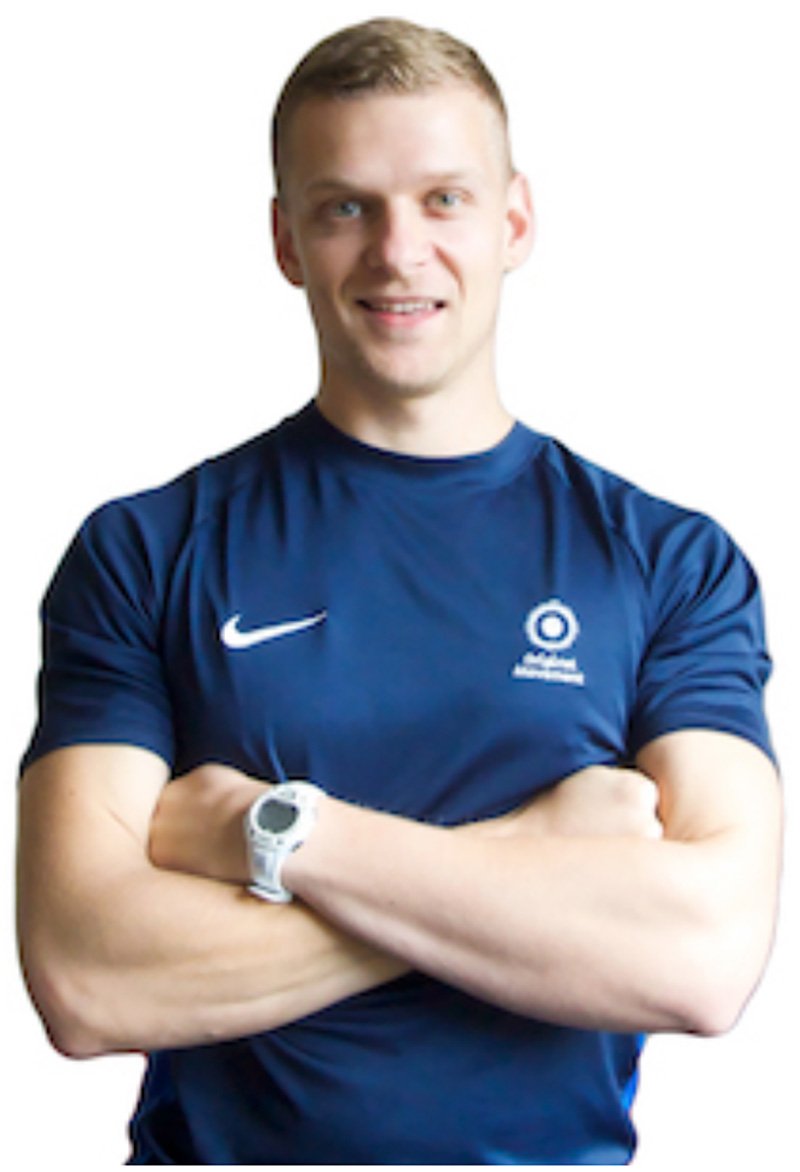Stephen Tongue discusses how the quest for a six-pack misses the point, and how working towards a healthy core by focusing on what your abs can do – rather than what they look like – should be the focus.
The global fitness community has been, is and will likely continue to be obsessed with abs. It seems that many view abs as the ultimate fitness trophy. A trophy that is gifted to the few, chased by the many and just a dream for the majority. When I searched Instagram using #abs I found 48.1m posts that were almost exclusively images of washboard stomachs, rippling with muscle and glistening in the sunlight with sweat or baby oil. The second most popular search was #absworkout with 3.1m posts. Straight away this difference in numbers suggests to me that the idea of six-pack abs is more exciting than the process of getting them. Most of the workout posts were beautiful people lying on their backs and crunching in every conceivable style.
I tend to take a very practical view of the world and this doesn’t change when it comes to abs. I don’t really care what they look like as long as they do their job well. I’d like to encourage the fitness community to AB-stain from the six-pack dream and, instead, focus on how healthy their core is, how well they function and how well their abs contribute to good movement. If you really want to impress me, show me what amazing things your abs can do! If you want to learn about what abs are designed to do and how you might be able to train them to do it better, then read on. If you’re still ABS-olutely obsessed with six packs and 1,001 ways to ab crunch, I’d stop here.
Rectus abdominis
The term ‘abs’ is short for rectus abdominis (RA): two parallel lines of muscle tissue which run along the front of the trunk, connecting the pelvis cage to the rib cage. The two lines of muscle are broken up by sections of tendon like connective tissue, which create the distinctive six-pack appearance. Interestingly, each one of these abdominal ‘pair of bumps’ has a separate nerve innervation, which can be simplified to the top, middle and bottom pair of abs. This neural innervation means that the way the RA is recruited will vary based on the movement stimulus; training the RA in a variety of ways can, therefore, change the neuromuscular co-ordination and help make the RA more resilient. The fascial connective tissue of the RA blends into the surrounding core musculature of the abdominal wall, helping all the muscles of the trunk brace the core in a circular or corset-like fashion.
The anatomical positioning of the RA and the relationship with the surrounding tissues helps the RA to have a variety of functions. According to our anatomy books, the RA primarily flexes the trunk but is crucially used to assist with decelerating extension of the trunk. The RA is also anatomically positioned to assist with stabilising the trunk, creating intra-abdominal pressure (IAP), forced breathing and micturition (peeing). The abs are useful beyond their six-pack beauty.
The importance of extension
Thinking specifically about the movement-based function of the RA helps us to understand how best to train our abs functionally in the gym. The traditional view of muscular training is to look at the concentric action of a muscle and to train that particular movement. In the case of the RA, the concentric action would be trunk flexion. This is where the flexion or ‘ab crunch’ obsession comes from. Don’t get me wrong, if you do enough crunches it will burn so much your abs may begin to smoke and eventually set on fire. Crunches do work! The question is how relevant is training abs in flexion, flexion, flexion compared to the function of our abs in life and sport?
If we consider that we spend the majority of our waking day seated or standing, our spine is usually held in a vertical position. In this upright posture, trunk flexion requires little or no contraction of the RA as the pull of gravity will happily flex the spine for us with ease. In an upright position, the RA is more likely to spring into action to stabilise the trunk, such as when applying force upon pushing open a heavy door. The abs will also enjoy controlling the speed/degree the trunk extends and returning it to upright, for example throwing a heavy ball from above your head. The RA works pretty hard to stabilise the spine in a prone position, such as crawling, and of course abs work hard to flex the trunk in a supine position, such as sitting up from a lying posture.
Of the above functions, I’m sure you will agree that, as we spend the majority of our physical day and play sports mostly upright, it makes sense to train our abs to perform well in an upright position. A small fraction of our day is spent using our abs in a prone or supine posture and so we should probably spend less time training the abs lying down. In summary, I would argue that, unless you have a sports-specific reason to train your core lying down, it would be AB-normal to train the abs exclusively in this manner and that we should spend more time training the abs in a functional upright posture.
Spinal extension is particularly important for RA. When a muscle is lengthened under tension it has to react and help control joint motion, decelerating eccentrically and accelerating concentrically. To effectively lengthen the RA under tension you have to extend.
Six strategies for training abs in extension
This list is not an exhaustive list of RA loading patterns but it offers some insights into how we might begin to think about loading the RA in a more functional manner other than the seemingly ‘oblique-atory’ crunches. The exercise examples are just examples of the style of loading and I would encourage you to brainstorm other exercises you might be able to use that replicate the same loading patterns. Enjoy trying them out and then developing your own variations.
-
Top down RA loading
Extension of the trunk is often driven by the arms reaching backwards and/or upwards, such as serving a tennis ball or putting on a tight jacket. This type of extension starts at the top of the spine and works its way down the kinetic chain. As the extension starts high up the spine it lengthens and loads the upper abs first and then force translates down through the tissues. This is replicated well in an overhead slam motion in the gym. To slam with power, you will see the arms go back and up, lengthening the abs and taking advantage of the elasticity of the abdominal wall to begin acceleration as the RA pulls the truck into flexion from an extended position.
-
Bottom up RA loading
We have learned the RA attaches directly onto the pelvis and, therefore, anterior/posterior pelvic tilt has a direct impact on lengthening and shortening the muscle. Anterior pelvic tilt will encourage lengthening of the RA (particularly the lower portion) and posterior pelvic tilt will encourage shortening. If you have ever had sore abs from doing maximal sprints or had abs so sore that you can’t physically run, the RA relationship with the pelvis may be one reason why. Driving the legs into flexion and extension is a great way to encourage pelvic tilt to load the abs functionally. In this example, a band has been added to increase load on the hips/abs and the arms are driven in a running motion to add to the functionality of the exercise.
-
Top down and bottom up RA loading
Driving the arms upwards/backwards and simultaneous anterior pelvic tilt creates effective lengthening on the RA; it is the double impact of combining the two strategies listed above. This style of RA loading can be seen in a javelin throw: stretch is created on the anterior chain and the body manipulates elasticity to powerfully shorten again.
-
Suspended RA loading
When hanging from the upper body the legs, having no contact with the ground, rely on the muscles of the trunk to help them move into target positions. The trunk is already under stretch in this suspended position and reciprocal lengthening/shortening of the muscles of the trunk is often used to gain momentum to get the legs/feet where they need to be. This can be seen to good effect when a climber’s foot slips off an overhang and they have to reposition their feet on the roof whilst swinging from their arms.
-
Supine extension RA loading
Most crunches are performed on the floor, which means the spine doesn’t really get the opportunity to load the abs fully from an extended position. To effectively load the abs, you need to extend beyond the floor. This would be an uncommon position in life and sport, perhaps occasionally seen in wrestling or MMA; in the gym, this can be achieved by performing crunches on a BOSU or Swiss Ball. Although it’s not a common movement pattern, it’s certainly an upgrade on the standard crunch and was one of the reasons Paul Chek helped to make Swiss Balls so popular in gyms throughout the world in the noughties.
-
Resisted extension RA loading
Resisted extension is all about the RA stabilising the trunk to avoid it extending. This is particularly useful when trying to push forwards in an upright position, such as pushing a heavy door or driving a Maul forwards over the try line in Rugby. A good upright gym exercise to load the abs with this strategy is a standing cable push; keeping the feet narrow will limit strength from the hip muscles and make the muscles of the trunk work harder. This strategy can also be used while loading in a prone position, such as a gymnast performing a Planche, and provides good justification for another AB-solute gym classic, the Plank.
It is worth noting that functional exercises won’t burn your abs like your typical crunch variations. Could this be one reason why crunches are still so popular, as we love to hate that burn? Functionally loading the abs will not burn in the same way because you are not isolating the abs but training the RA as part of a whole unit and teaching the body to mitigate force along the whole kinetic chain. You are training resilience and efficiency of movement. You’re creating a strong, healthy core as part of a whole.
Summary
If you, like many others, have fallen into the pattern of continually training abs with floor-based crunches, I hope this article helps you to explore more functional ways of training your RA in upright postures in addition to much-loved floor work. Remember that extension and resisting extension is key to functional core work and that the core is a circular functioning unit which needs to be trained in all directions and on all sides. Six packs are great to look at but, in all honesty, I’d take a six pack of beer over a six pack of abs every time.
Have you seen Stephen’s latest education? Check out Loaded Movement Training now!








